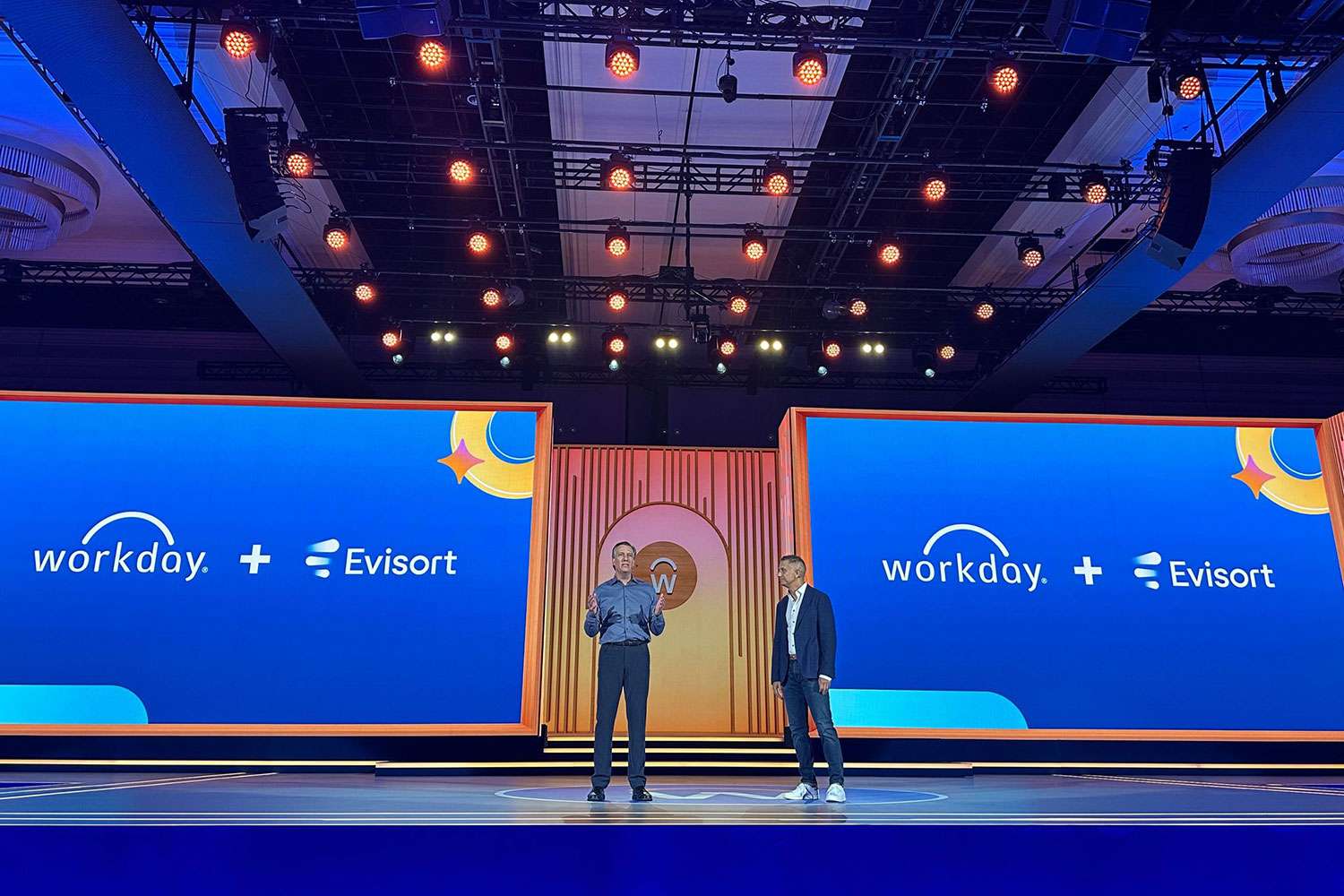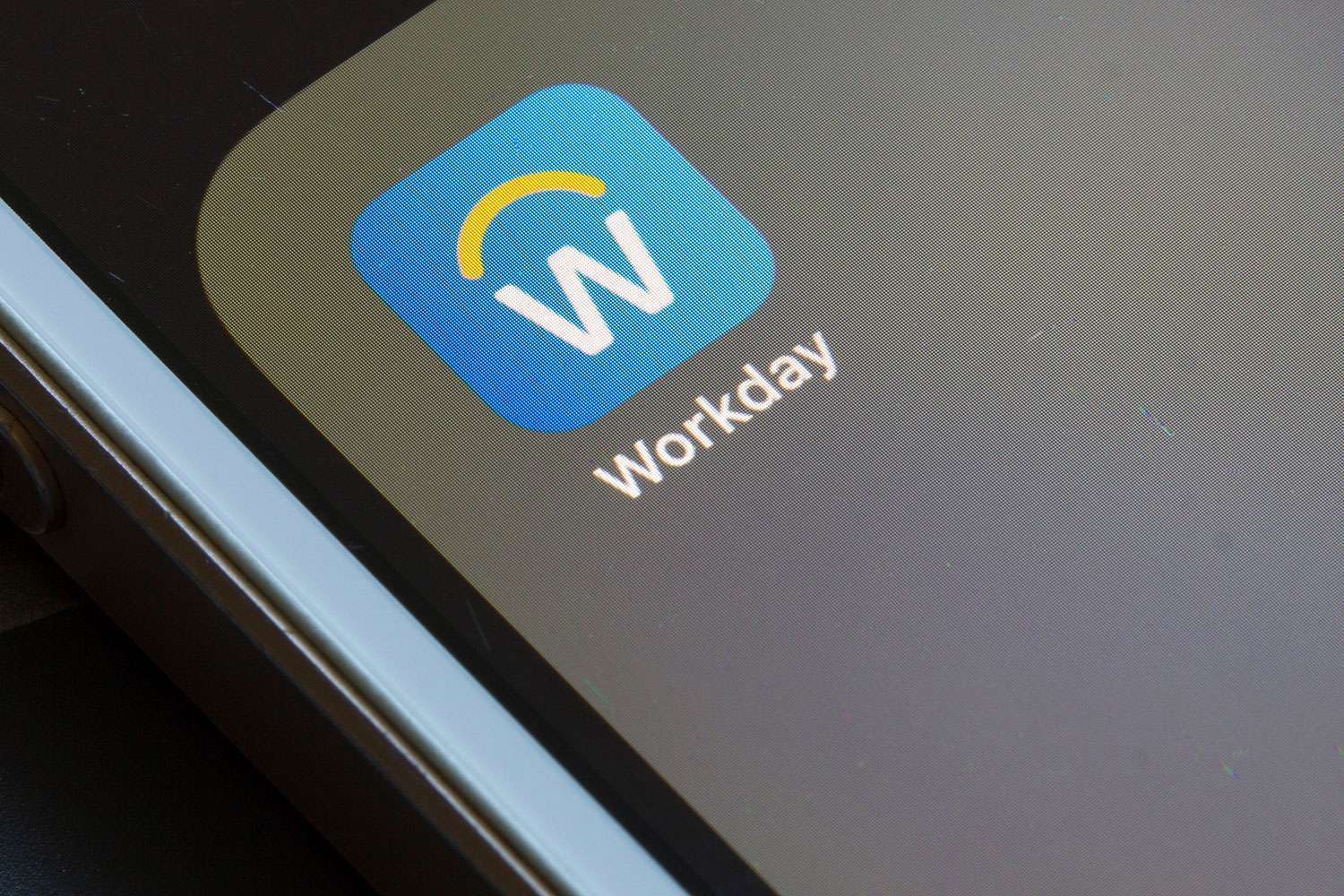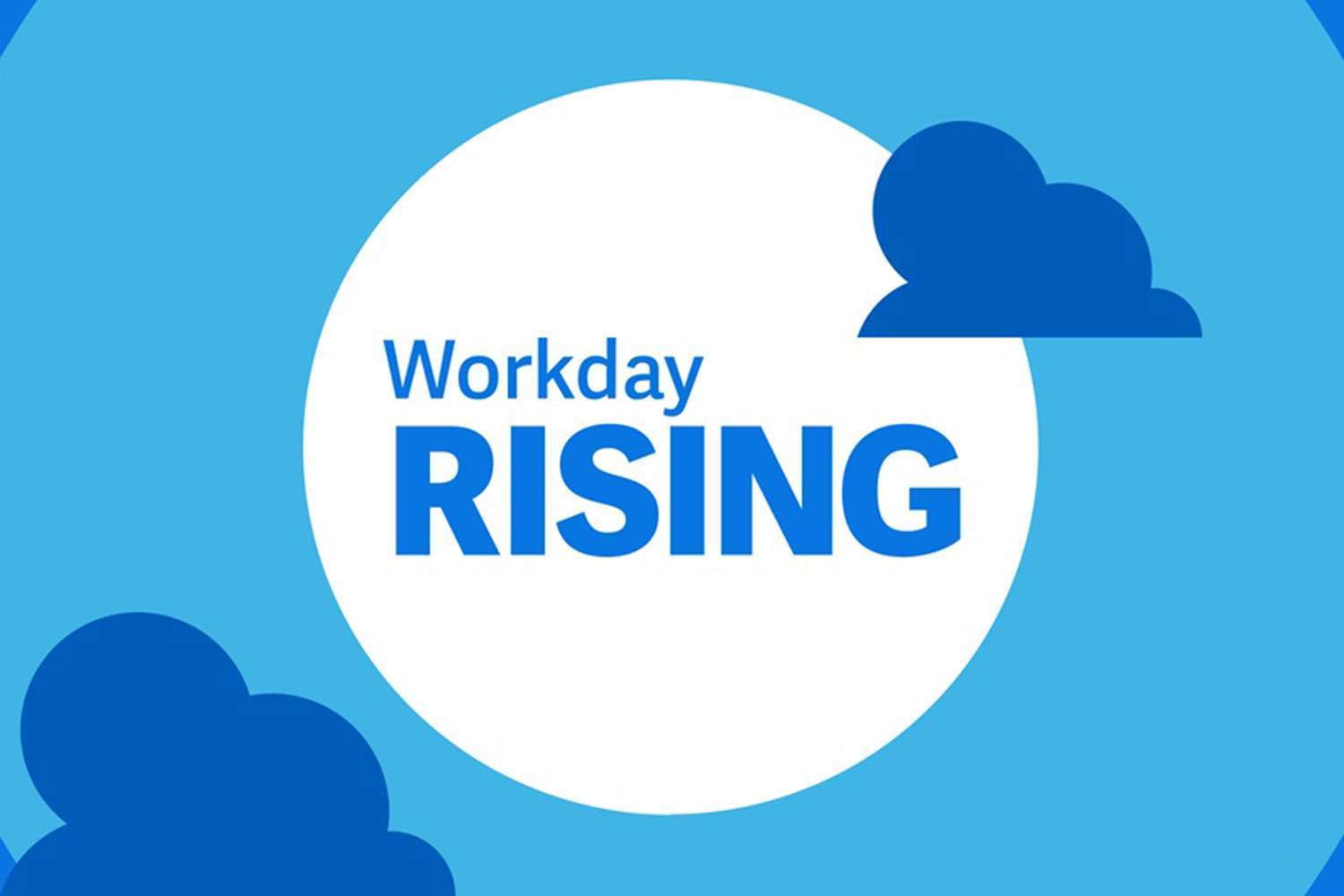3 Ways to Use Workday Dashboards for Forward Thinking

The scenario: you are implementing Workday. You and your team are neck-deep in the details of this implementation and go-live is right around the corner. Someone asks about Workday dashboards and you can barely give it a second thought when there is so much data left to validate, plus the change communications plan to create, and the training for end users to coordinate… Cut to a year later and now you’re busy with your day to day operations, and once again the topic of dashboards is raised and dismissed as something “we can work on in the future.”
Workday Dashboards Enhance Business Strategies
Too often Workday dashboards are not prioritized, whether during implementation or post-production. It’s hard to dedicate the time and bandwidth to something that can be seen as a nice to have, rather than a must have. But the alternative is searching for and reviewing each data point individually, or having offline lists of reports and tasks and continually searching for them. This can lead to wasting time that could have been spent analyzing the data.
Of course, creating a Workday dashboard without any strategy is just work for the sake of work.
Instead, be sure to include the following key considerations when it comes to ensuring you are creating effective and impactful Workday dashboards:
1. Reporting on Important Dimensions
It sounds obvious, but Workday can only report on the dimensions captured within Workday so it’s worth making time to sit down and think about the big picture and map the details that feed into that. Ideally, this done as part of your Foundation Data Model build during your implementation but it’s not uncommon for customers to realize some data elements are missing once live. It’s also worth re-evaluating whether the business dimensions are still needed or reflect your goals in one year’s time, five years’ time, etc. – the point is businesses evolve and the data and reporting should, too.
2. Productivity Consideration
A critical aspect of creating a dashboard is what value it provides and to which audience. After go-live you may have done all the hard work and built the perfect system but you can still face significant roadblocks in performing mission critical activities such as delivery of executive financial reports and KPIs after your first month-end, quarter-end, or year-end closing. Several resources may be working in silos. Bring your key cross-functional resources in during the dashboard design phase, so they can ensure the dashboard is a common tool that takes all needs into consideration.
3. You’re Going to Need More Than One
Trust us, we understand how between bandwidth and time, it may feel like more than enough effort to create just one dashboard. It may seem more efficient if you tried to squeeze all pertinent points into one dashboard and call it a day. Unfortunately, besides the construction constraints of the dashboard itself, creating a dashboard for an inclusive rather than specific audience means that all the work done to craft a dashboard with the right dimensions and triggered productivity will get lost – they won’t be able to see the forest for the trees. You can pace your dashboard creation, but expect that, at the very least, HR and Finance will each need their own dashboards.
ERPA is Here to Help
An effective Workday dashboard is not intended to be an eye chart of numbers. Instead, it will act as more of a roadmap, a mix of current and future state goals that allow leaders to understand their current state and the gaps against future goals. They can reflect company-wide initiatives, such as Diversity, Equity, and Inclusion (DEI), to department-specific ones, such as utilization rates.
Still not quite sure what sort of a dashboard you would need to just report but plan? Contact us today; we love a good challenge. We regularly consult with customers to build out insightful, action-oriented dashboards and would love to work with you.































